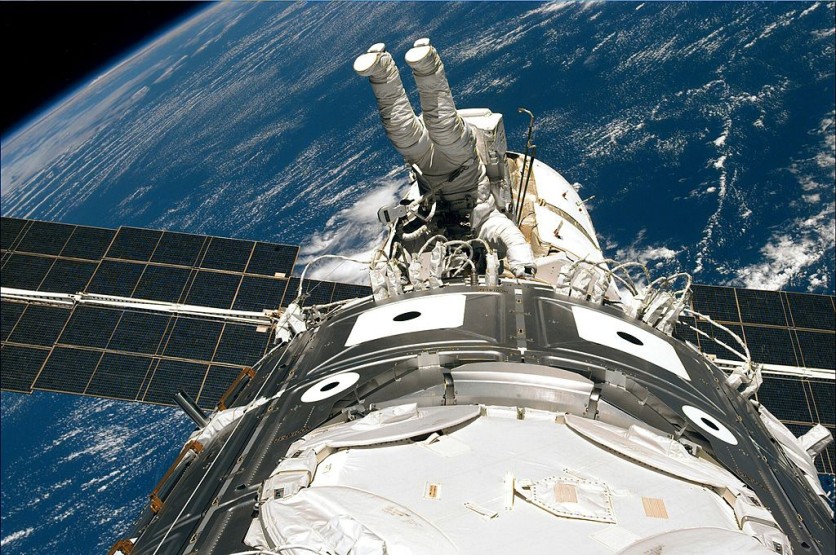Two NASA astronauts performed the first of three spacewalks to start updating the power supply for the International Space Station (ISS), as reported first by Space.com.

Upgraded Solar Arrays
On Tuesday, Nov. 15, Josh Cassada and Frank Rubio, members of Expedition 68, collaborated to prepare the exterior of the space station for the installation of two upgraded solar arrays.
The extravehicular activity (EVA) was the sixth one since June 2021 that was focused on the ISS Roll Out Solar Arrays, or iROSAs, which are enhancing the station's current solar panel wings.
At 9:14 a.m. EST (14:14 GMT), Cassada and Rubio started their EVA, roughly an hour and fifteen minutes later than scheduled. Cassada detected an issue with the display on his spacesuit's control unit just as he was about to leave the station's Quest airlock, which prompted the extra time to diagnose and fix his spacesuit.
The two spacewalkers divided up once they were outside to work on different tasks. Rubio began to work organizing cables for the iROSA, which will be mounted on an EVA later this month, while Cassada was busy preparing the deployment of a modification kit to support the arrays.
After finishing his work, Rubio joined Cassada near the end of the starboard truss of the space station to help with the main job of their spacewalk-the attachment of an iROSA mounting bracket for the 1A power channel, as per Space.com.
iROSA Installations
Two of the six anticipated iROSA installations have already been finished. Three of them had their mounting hardware already set up and only one of them needs to be completed.
The brand-new arrays can each produce 20 kilowatts of power. The new system will be able to boost the space station's electrical supply by 20 to 30% when combined with the current wings.
The iROSA was designed and constructed by Deployable Space Systems, which is now a division of Redwire, a provider of space infrastructure technology, and was prepared for flight by Boeing.
The new solar arrays will ensure that the space station has sufficient power to support its future requirements, such as expanded commercial activities.
It will also act as a test run for a crop of roll-out solar arrays that will be used at NASA's Artemis Gateway space station, which will be deployed in orbit around the moon.
At 3:25 EST (20:25 GMT), Cassada and Rubio ended their 7 hours, 11 minutes of spacewalking outside the space station. This marks their first time conducting an EVA.
The spacewalk, which started the first of at least seven scheduled for Expedition 68, was the ninth of the year and the 254th since 1998 in support of assembling and maintaining the ISS, according to Space.com.
Related Article : Cygnus Cargo Mission Launches Ovarian Cells and Other Wild Experiments to Space this Sunday - How to Watch
This article is owned by Tech Times
Written by Jace Dela Cruz




